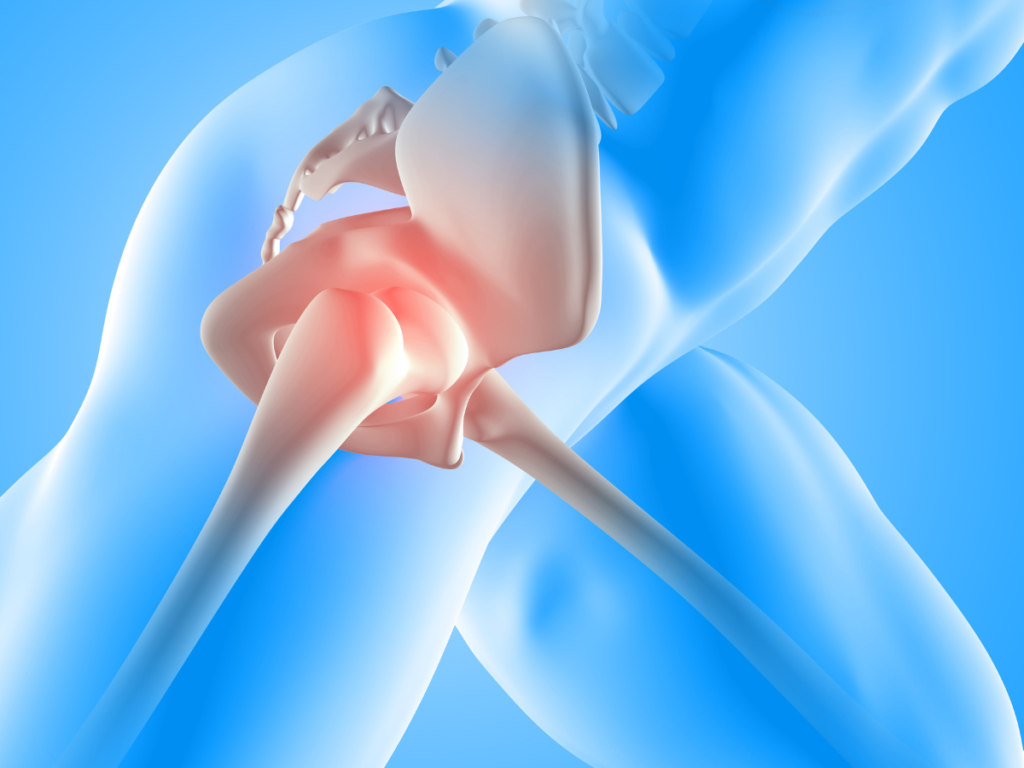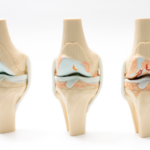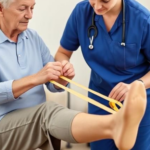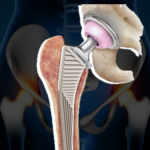
Knee replacement surgery has undergone a remarkable evolution over the years, transforming from a procedure with extensive muscle and tissue trauma to one that emphasizes muscle-sparing techniques. This evolution has significantly improved patient outcomes, reduced recovery times, and enhanced overall satisfaction. In this comprehensive exploration, we’ll delve into the historical progression of knee replacement techniques, highlighting the pivotal advancements that have led to the development of muscle-sparing approaches.
Early Knee Replacement Techniques:
The origins of knee replacement surgery can be traced back to the early 20th century when pioneering surgeons laid the groundwork for the procedure. The initial techniques involved extensive incisions, and substantial disruption of muscles, ligaments, and tendons, resulting in prolonged recovery periods and increased postoperative pain. However, these early attempts set the stage for further innovation and refinement.
Development of Prosthetic Implants
Advancements in materials and technology led to the development of more sophisticated prosthetic implants. From the early days of basic hinge joints, the progression to modern implants with better biomechanics and improved longevity has been significant. Innovations in materials like titanium, ceramics, and high-density plastics have revolutionized the durability and performance of knee implants, contributing to enhanced patient mobility and longevity of the implants.
Introduction of Minimally Invasive Surgery (MIS)
The concept of minimally invasive surgery emerged as a turning point in knee replacement techniques. Surgeons began exploring methods to minimize tissue damage by using smaller incisions and specialized instruments. This shift aimed to preserve surrounding muscles and tissues, leading to reduced postoperative pain, shorter hospital stays, and faster rehabilitation for patients.
Advantages of Computer-Assisted Surgery
The integration of computer-assisted techniques further refined knee replacement surgeries. Computer navigation and robotic assistance allowed for more precise implant placement, alignment, and sizing, optimizing the functional outcome while minimizing errors. This technology aids surgeons in achieving greater accuracy, leading to improved implant longevity and overall patient satisfaction.
Evolution of Tissue-Sparing Approaches
As the understanding of knee anatomy deepened, surgeons developed tissue-sparing approaches that focused on preserving ligaments, tendons, and muscles surrounding the knee joint. Partial knee replacements, such as unicompartmental or bicompartmental procedures, emerged as alternatives to total knee replacements, sparing healthy tissue and allowing for a more natural joint movement.
The Role of Advanced Imaging Techniques
Advancements in imaging technologies, such as MRI and CT scans, have empowered surgeons to visualize the knee joint in greater detail preoperatively. This enhanced understanding enables personalized treatment plans, accurate assessments of ligament integrity, and precise identification of the damaged areas, aiding in the selection of the most suitable surgical approach for each patient.
Rehabilitation and Physiotherapy Innovations
Alongside surgical advancements, rehabilitation protocols, and physiotherapy techniques have evolved significantly. Tailored rehabilitation programs aim to optimize recovery, strengthen muscles, improve joint mobility, and facilitate a quicker return to daily activities for patients undergoing knee replacement surgery.
Patient-Centric Approach and Outcomes
The evolution of knee replacement techniques has shifted the focus toward patient-centric care. Improved surgical methods, combined with personalized treatment plans and enhanced rehabilitation strategies, have resulted in higher patient satisfaction, quicker recovery times, and reduced complications.
Summary:
The evolution of knee replacement techniques from invasive procedures to muscle-sparing approaches represents a remarkable journey in orthopedic surgery. Through continuous innovation, technological advancements, and a commitment to improving patient outcomes, surgeons have transformed knee replacement surgery into a more effective and less invasive procedure. As research and technology continue to progress, the future holds promising prospects for further enhancing these techniques, ultimately benefiting countless individuals seeking relief from knee joint ailments.
Dr. Saurabh Giri, an esteemed orthopedic surgeon, has been at the forefront of pioneering muscle-sparing techniques in knee replacement. His dedication to pushing the boundaries of surgical innovation and his commitment to improving patient care have played a pivotal role in shaping the landscape of modern knee replacement surgery. Dr. Giri’s contributions encompass a holistic approach that prioritizes patient well-being by minimizing tissue damage, optimizing surgical precision, and promoting faster recovery times.
As we reflect on the evolution of knee replacement techniques, it’s evident that the integration of minimally invasive procedures, advancements in prosthetic implants, utilization of advanced imaging, and personalized rehabilitation programs have collectively revolutionized the field. These advancements have not only enhanced surgical precision but have also significantly reduced postoperative discomfort, accelerated recovery, and improved overall patient satisfaction.
Looking ahead, the trajectory of knee replacement surgery continues to hold immense promise. Further refinements in technology, continued research, and the collaborative efforts of visionary surgeons like Dr. Saurabh Giri will undoubtedly pave the way for even more sophisticated, patient-centric approaches. As we stride into the future, the evolution of knee replacement surgery will continue to alleviate pain, restore mobility, and enhance the quality of life for countless individuals worldwide.




